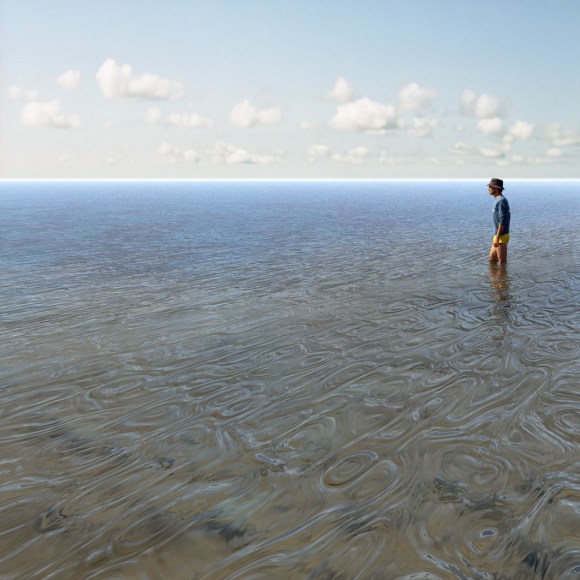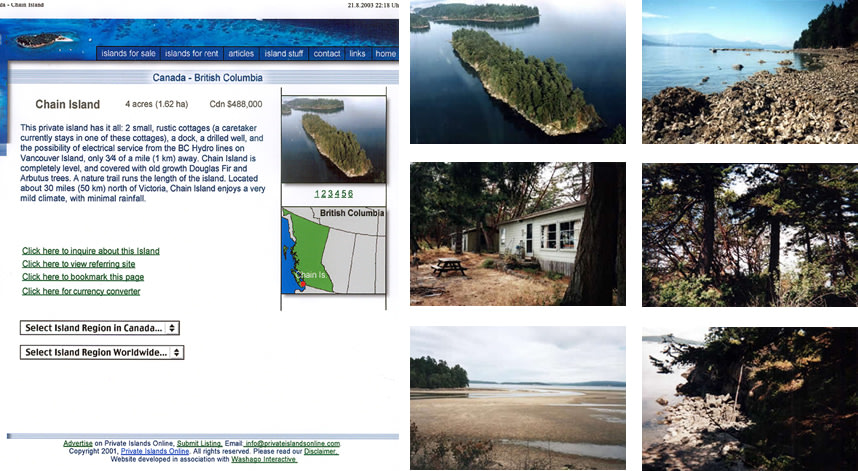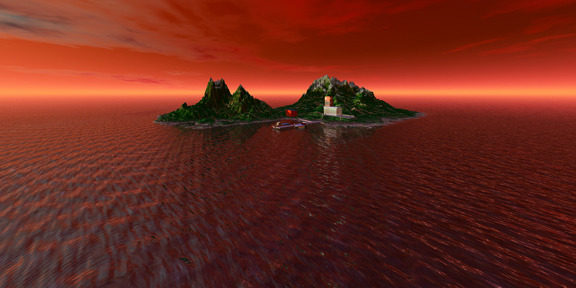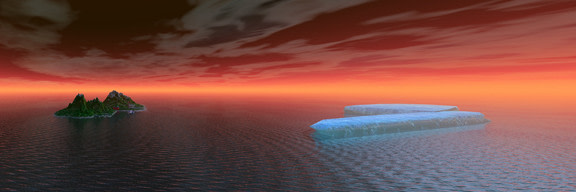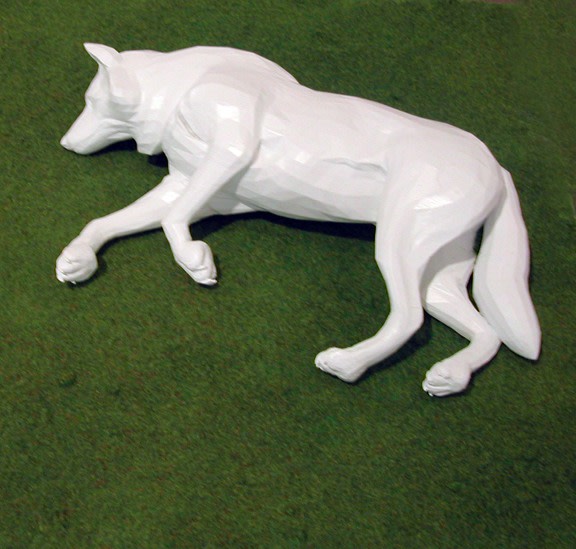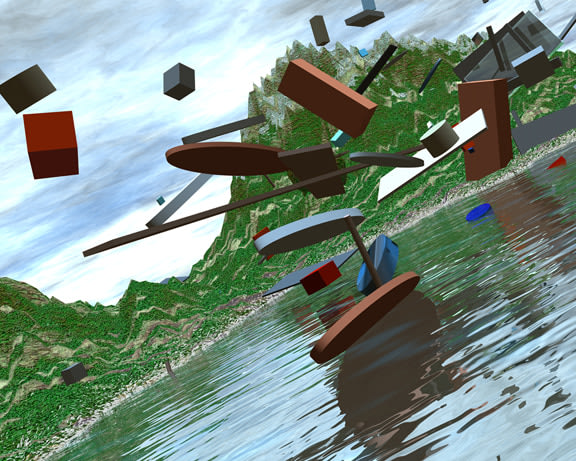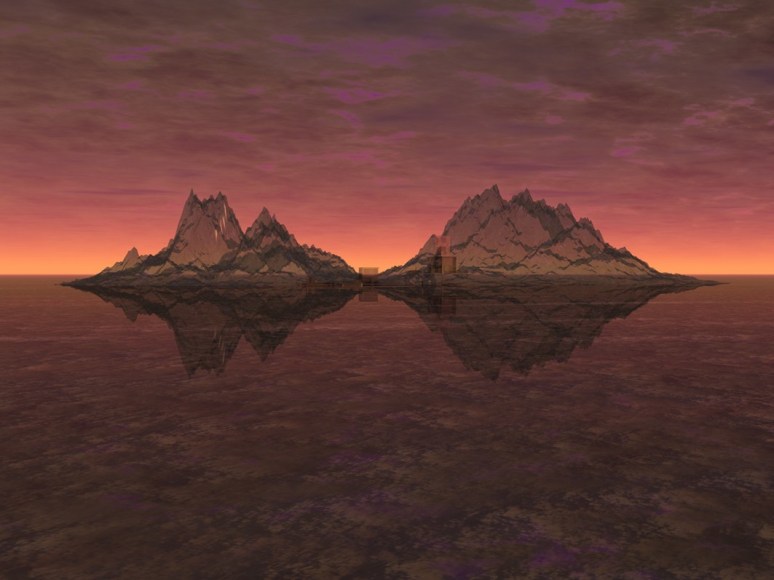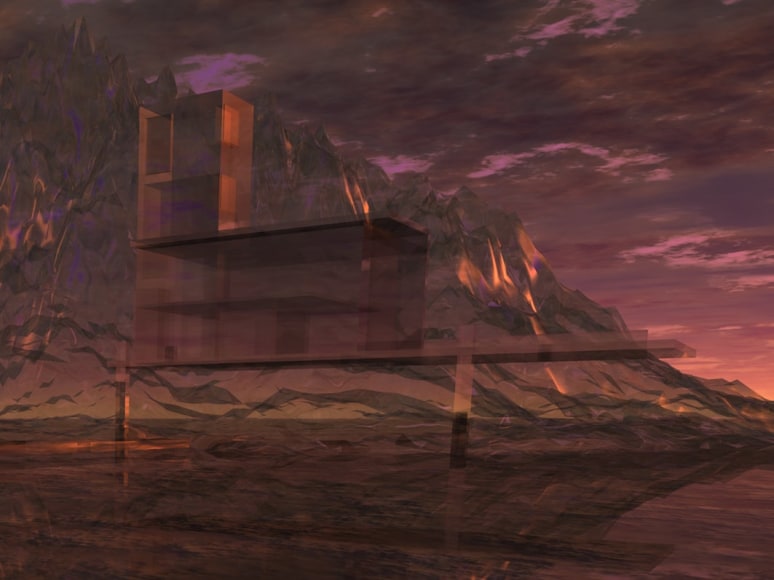Stux Gallery is pleased to present a solo exhibition of works by Swiss artist Markus Wetzel.
Wetzel continues to explore the extended possibilities of the contemporary image making
process, resulting in seamless, nearly arcadian hyper-real digital landscapes and conceptual
projects.
Utilizing digital imaging technology to create multi-layered synthetic topographies, the resulting
works are made without the use of a camera or lens. Jarringly saturated colors imposed onto long
open vistas reveal landscapes that exist in complete isolation. The resulting images confuse
distinctions between time and place, real and unreal. For his latest exhibition at Stux, Wetzel
pushes his process one step further by printing his "sleeping Wolf" as sculpture, which has been
printed out three-dimensionally from the same computer file data he uses for his images and
animations.
Expanding beyond the restrictions of digital interpolation, in Real Island, Wetzel presents
photographs of actual islands. Wetzel employs the metaphor of the “island” here, both as a form
of reality and fiction: the ultimate luxury of owning a private island versus the isolation and
disconnection that such a possession might entail. Anybody can purchase these photographs in
order to support Wetzel directly to get a real island, where he can test his ideas in the "real
reality".
Using islands as forms of reality and fiction simultaneously: his images and installation objects
reflect the various stages of development of the islands, stretching fictional, model-like space to
the point where fiction and reality intertwine. It is through this interplay that one must ultimately
consider these unique landscapes.

